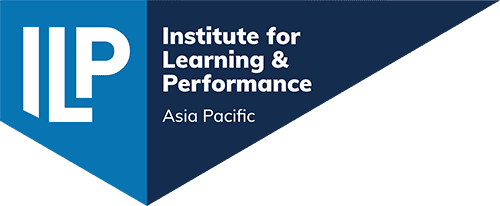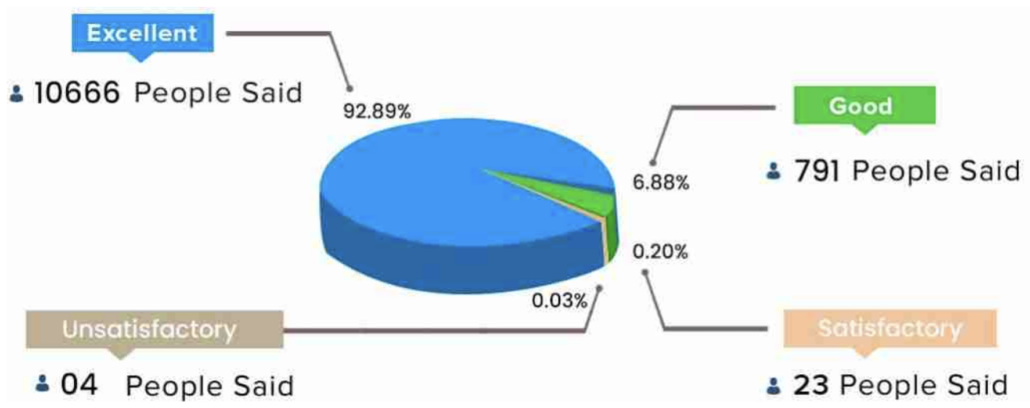How to Use ‘Business Smarts’ as a Learning and Development (L&D) Professional
Using Courageous Consulting
As a Learning and Development (L&D) professional, embracing a consulting mindset is a key skill. This means going beyond just delivering training and actively solving complex business challenges. Courageous consulting means challenging the norm and deeply understanding the business’s objectives, hurdles, and culture. By doing this, you can tailor learning solutions that align with the client company’s goals, boosting their relevance and effectiveness. This approach requires being proactive in identifying learning needs and opportunities, rather than just responding to requests. It’s about being a strategic partner who can speak the business lingo and translate L&D initiatives into concrete business results.
As an L&D professional, you might step into a project where the current training methods are outdated and not meeting the business’s evolving needs. For example, they might propose a shift from traditional classroom training to a blended learning approach, integrating digital tools and real-time data analysis. This change not only modernises the training but also aligns it with the company’s digital transformation goals. You would need to present a compelling case to the leadership, highlighting how this approach can improve employee engagement and productivity, ultimately contributing to the business’s bottom line.
Courageous consulting is therefore a mix of listening and doing / recording and recommending. What elements of this do you currently include in your daily activities and what areas do you believe you could change to be even more courageous than you are?
Marketing and Communications
We all have an understanding of marketing, but are we really capable to the extent needed to grow a competitive and sustainable business? There’s no doubt that top-notch marketing and communication skills are essential. This requires us to communicate the value of learning programs in a way that resonates with stakeholders and learners. It’s about ‘selling’ the importance of ongoing learning and development within the client’s organisation. This requires crafting compelling messages that highlight the benefits of training programs, not just in skill development but also in their contribution to the organisation’s success. Additionally, effectively utilising various communication channels, from internal newsletters to social media, to boost engagement and participation in L&D initiatives.
A personal reflection
What I’ve come to understand about marketing is that everyone thinks they know how to do it. When I was a new merchandise buyer for a national retailer back in 1997, I listened to the store managers and franchise owners describe the best approach for their market. It was based on pervious experiences and the good ‘ol gut feel. Neither of which is necessarily bad, but can it be improved upon?
There is no doubt, for an L&D professional, the right marketing tactic is purely a matter of perspective. Learning marketing basics and applying them to your promotional efforts will improve your odds when it comes to deciding upon the right perspective to offer to your clients. Consider starting with the 5 (or 7) P’s of marketing. Look at the best strategic application of your time and resources by reviewing some of the 12 well-tested models. Through education and experimentation, your marketing and communication skills will improve dramatically, and you’ll see more favourable results from your clients’ projects.
Finance and Budgeting
A solid understanding of finance and budgeting is crucial for L&D professionals. This goes beyond managing training budgets; it’s about showing the return on investment (ROI) of learning programs using frameworks such as the six we would recommend below:
| Description: | Developed by Jack J. Phillips, this methodology extends the Kirkpatrick Model (discussed next) by adding a fifth level – ROI. |
| Process: | Level 1: Reaction and Satisfaction Level 2: Learning Level 3: Application and Implementation Level 4: Business Impact (measurable outcomes) Level 5: ROI (compares the monetary value of the results with the cost of the training |
| Application: | Used to convert measures at Level 4 to monetary values and compare them with the cost of the program. |
| Description: | One of the most widely used frameworks for evaluating training effectiveness. |
| Process: | Level 1: Reaction (how participants felt about the training) Level 2: Learning (the increase in knowledge or capability) Level 3: Behaviour (extent of behaviour and capability improvement and application) Level 4: Results (the effects on the business or environment) |
| Application: | Used to convert measures at Level 4 to monetary values and compare them with the cost of the program. |
| Description: | A financial analysis tool to assess the costs versus benefits of a training program. |
| Process: | Identify Costs: Direct and indirect costs of the training. Identify Benefits: Tangible and intangible benefits. Compare: Assess the net benefit or cost. |
| Application: | Useful for straightforward, quantifiable training programs. |
| Description: | Description: A strategic planning and management system used for aligning business activities to the vision and strategy of the organisation. |
| Process: | Financial Metrics Customer Knowledge Internal Business Processes Learning and Growth |
| Application: | Can be adapted to measure the impact of training on these areas. |
| Description: | A statistical method to assess the economic impact of training programs. |
| Process: | Estimate Performance Improvement: Post-training. Monetise Performance: Convert performance changes into monetary value. |
| Application: | More complex and requires statistical expertise. |
| Description: | Description: Focuses on identifying the most and least successful cases in a program and studying them in detail. |
| Process: | 1. Identify Success and Failure Cases 2. Conduct In-depth Interviews 3. Analyse Findings |
| Application: | Qualitative approach, useful for understanding the impact and how to improve training. |
Implementation in workplace education:
Tailor these frameworks to fit the specific needs and contexts of vocational education. Often, a combination of these methods provides a more comprehensive view. Use insights from these evaluations for continuous improvement of the training programs you administer.
You need to be skilled at justifying the cost of training initiatives by linking them to business outcomes, like improved performance, productivity, or employee retention. This also includes being strategic about resource allocation, ensuring that the most impactful learning interventions are prioritised. By aligning L&D initiatives with business goals and demonstrating their financial impact, you can secure support from senior management and ensure the sustainability of your L&D programs. The above models assist in creating and collecting the necessary data to report to your organisation or client.
NEXT STEPS
Business Smarts is an overarching term used within the capability framework to collectively embrace all the operational awareness, skills and applications that an L&D specialist should be capable of in order to reach their professional goals. In this post, I shared some general information as well as some specific frameworks with the goal of piquing your interest in future development opportunities. Together, we can explore your individual situation and look at the business skills you need to grow and flourish in this sector. Reach out to us to book an appointment to discuss your professional goals.





